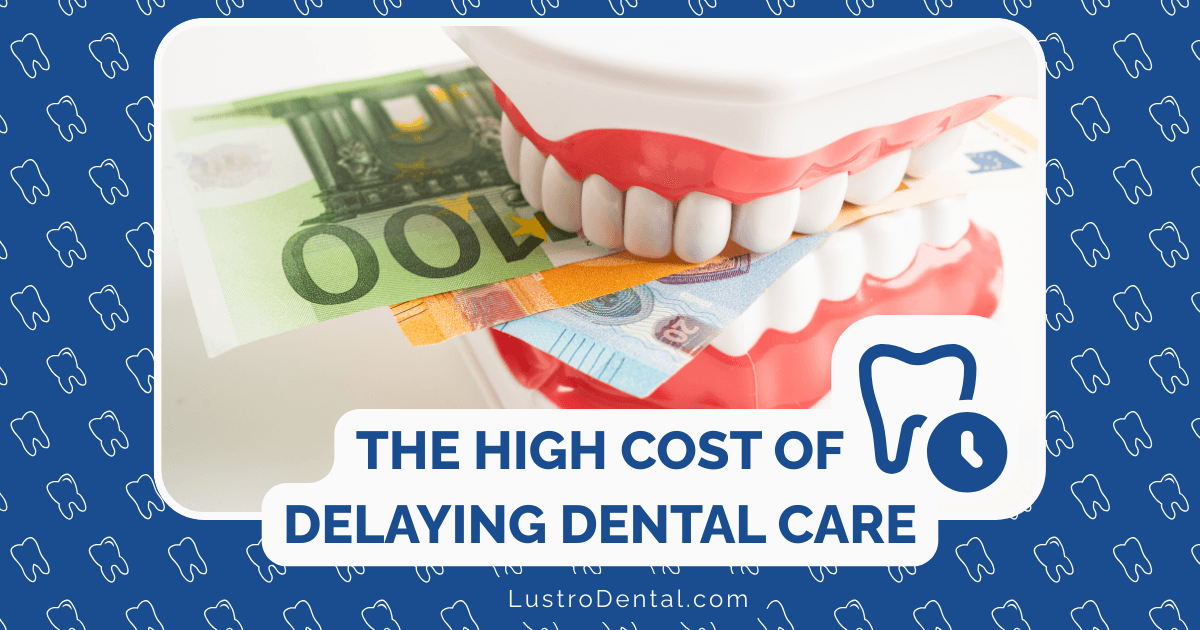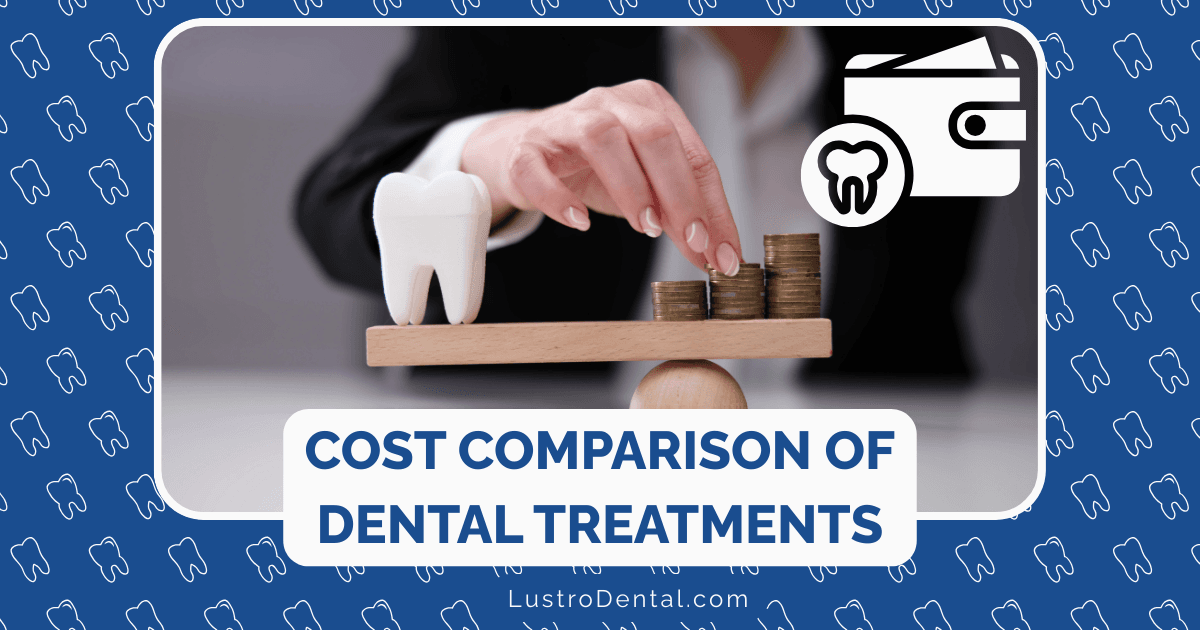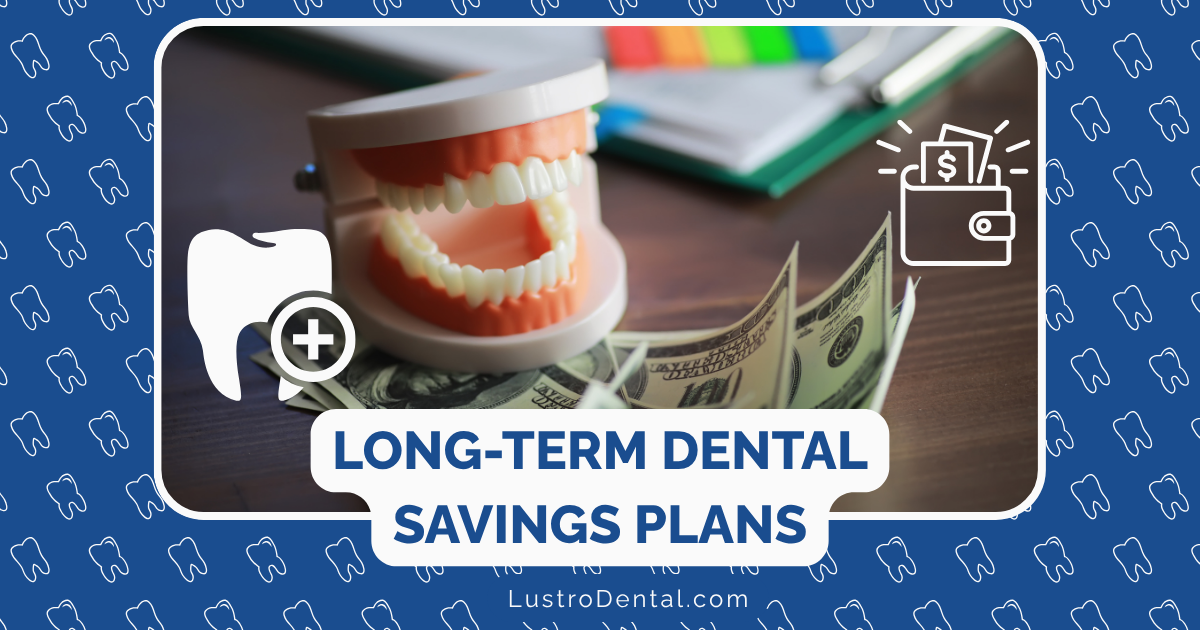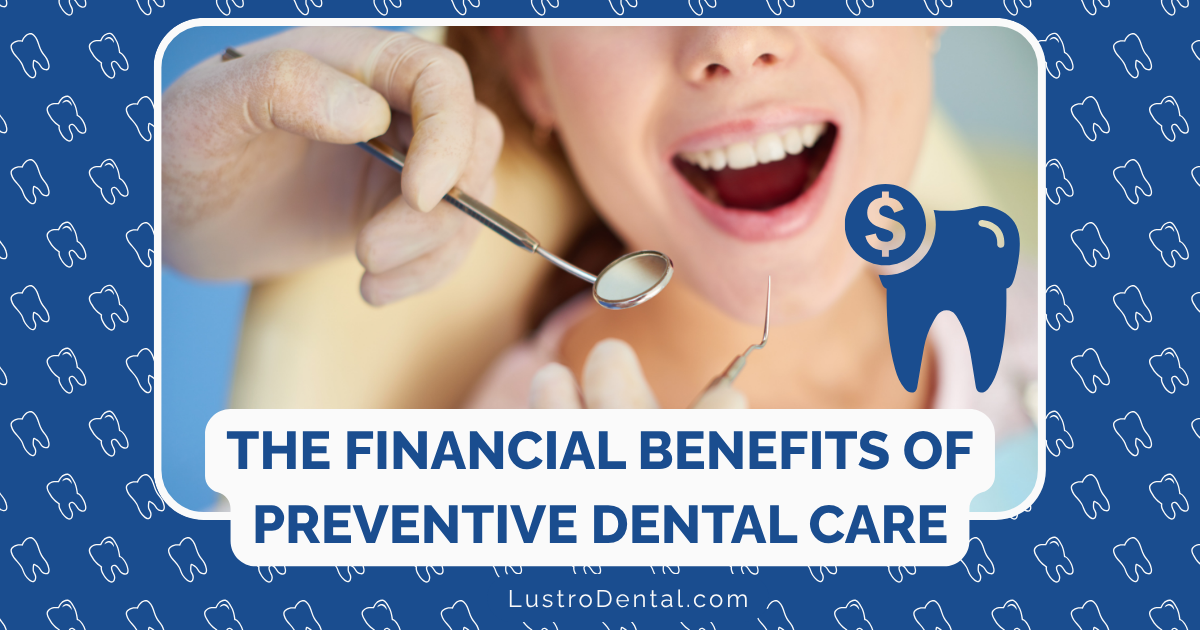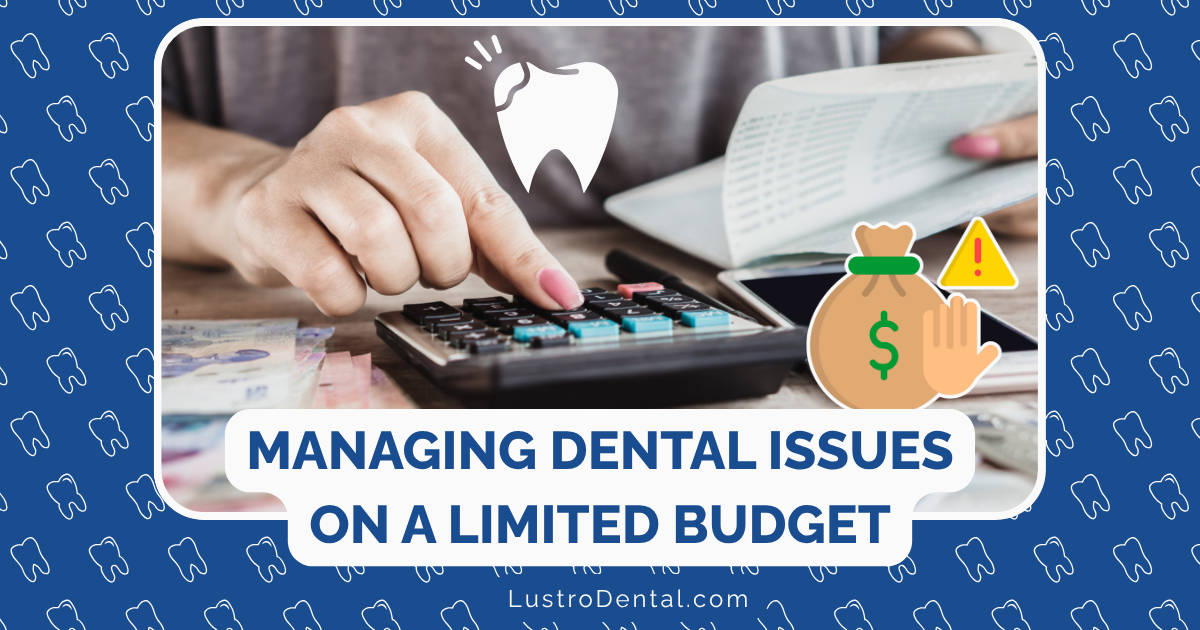Finding Dentists Who Accept Medicare and Medicaid in 2025
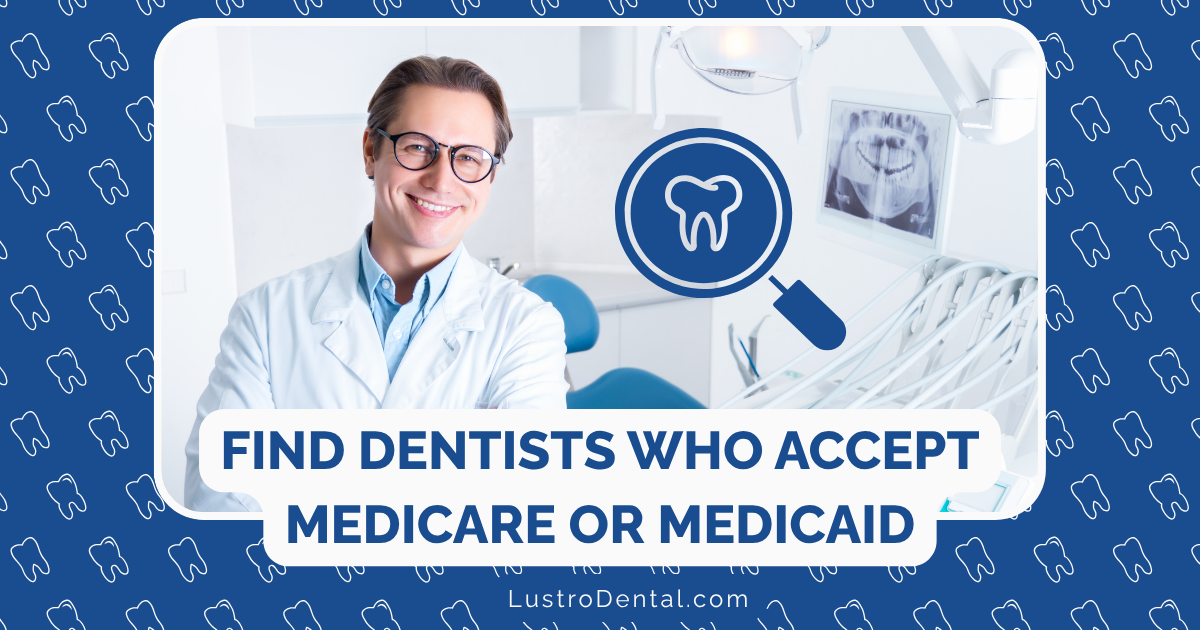
For millions of Americans who rely on Medicare or Medicaid for their healthcare coverage, finding dental care can feel like searching for a needle in a haystack. The challenge isn’t just about locating a dentist with availability—it’s about finding one who accepts your specific government insurance plan and provides the services you need.
As we navigate 2025, understanding how to effectively search for dental providers who accept Medicare and Medicaid has become increasingly important, especially with recent changes to coverage options and provider networks. This guide will walk you through practical strategies to find appropriate dental care, regardless of which government insurance program you use.
Understanding the Basics: Medicare vs. Medicaid Dental Coverage
Before beginning your search for a dentist, it’s essential to understand what your insurance actually covers. This knowledge will help you have realistic expectations and ask the right questions when contacting dental offices.
Medicare Dental Coverage in 2025
Traditional Medicare (Parts A and B) provides very limited dental coverage. It generally only covers dental procedures that are an integral part of a covered medical procedure. For example:
- Dental examinations required prior to kidney transplants or heart valve replacements
- Reconstruction of the jaw following injury or cancer surgery
- Extractions necessary for radiation treatment involving the jaw
For routine dental care like cleanings, fillings, extractions, dentures, and other standard dental procedures, traditional Medicare offers no coverage.
However, Medicare Advantage plans (Part C) often include some dental benefits. According to the Kaiser Family Foundation, approximately 97% of Medicare Advantage plans offer some form of dental coverage in 2025, though the extent of coverage varies significantly between plans.
Medicaid Dental Coverage in 2025
Medicaid dental coverage varies dramatically by state. While dental services for children are mandatory under the Early and Periodic Screening, Diagnostic and Treatment (EPSDT) benefit, adult dental benefits are optional for states.
As of 2025, state Medicaid programs generally fall into four categories:
- Extensive coverage: Includes preventive, diagnostic, and restorative services
- Limited coverage: Covers some preventive and emergency services
- Emergency-only coverage: Only covers treatment for pain, infection, or trauma
- No coverage: Provides no dental benefits for adults
It’s crucial to check your specific state’s Medicaid dental benefits before beginning your search for providers.
Tools and Resources for Finding Medicare Dental Providers
If you have Medicare and need dental care, here are the best resources for finding providers:
1. Medicare Advantage Plan Provider Directories
If you’re enrolled in a Medicare Advantage plan that includes dental coverage, your first stop should be your plan’s provider directory. These can be accessed through:
- Your plan’s website (log in to your member account)
- Your plan’s mobile app
- Calling your plan’s customer service number (found on your insurance card)
For example, if you have an Aetna Medicare Advantage plan, you can enter your ZIP code on their website to find dental providers in your network.
2. Medicare.gov Care Compare Tool
The official Medicare website offers a Care Compare tool that allows you to search for healthcare providers, including dentists, who accept Medicare. To use this tool:
- Visit Medicare.gov/care-compare
- Enter your location
- Select “Doctors & clinicians”
- Filter results to show dental providers
- Contact the office to verify they accept your specific Medicare Advantage plan
3. Dental Insurance Company Directories
Many Medicare Advantage plans partner with dental insurance companies to provide coverage. These dental insurers often have their own provider search tools:
- Delta Dental (select “Delta Dental Medicare Advantage” network)
- DentaQuest
- Liberty Dental
- UnitedHealthcare Dental
4. Medicare Advantage Plan Comparison Tools
If you’re considering changing your Medicare Advantage plan during the Annual Enrollment Period (October 15-December 7) to get better dental coverage, use the Medicare Plan Finder to compare dental benefits across different plans in your area.
Tools and Resources for Finding Medicaid Dental Providers
Finding dentists who accept Medicaid presents its own set of challenges. Here are the most effective resources:
1. Insure Kids Now Dentist Locator
The Insure Kids Now Dentist Locator is a federally maintained database that helps you find dentists who accept Medicaid and CHIP (Children’s Health Insurance Program). Despite the name, this tool can also help adults find Medicaid dental providers.
2. State Medicaid Websites
Each state maintains its own Medicaid website with provider directories. Search for “[Your State] Medicaid dental providers” to find your state’s official resource. These directories are typically the most up-to-date sources for finding Medicaid dental providers in your area.
3. Medicaid Managed Care Organization (MCO) Directories
If you’re enrolled in a Medicaid managed care plan, your MCO likely has a specific network of dental providers. Check their website or call their member services number to access their dental provider directory.
For example, if you’re in Florida and enrolled with Sunshine Health Medicaid, you would be directed to either DentaQuest or Liberty dental plans, each with their own provider networks.
4. Federally Qualified Health Centers (FQHCs)
FQHCs are community-based healthcare providers that receive federal funds to provide services to underserved populations, regardless of ability to pay. Many FQHCs offer dental services and accept Medicaid.
Use the HRSA Health Center Finder to locate FQHCs in your area that provide dental services.
Practical Tips for Finding Providers Who Accept Medicare or Medicaid
Beyond using the official directories, these practical strategies can help you find dental providers who accept your insurance:
1. Call Before You Go
Provider directories can become outdated quickly. Always call the dental office directly to verify:
- They still accept your specific plan
- They are accepting new patients with your insurance
- The specific services you need are covered
- Any potential waiting periods for appointments
2. Be Specific About Your Coverage
When calling dental offices, be specific about your coverage. For example, instead of asking “Do you accept Medicare?” ask “Do you accept [specific Medicare Advantage plan name] for dental services?” The same applies to Medicaid—specify your state’s program and, if applicable, your managed care organization.
3. Consider Dental Schools
Dental schools often accept Medicare and Medicaid patients and provide quality care at reduced rates. The American Dental Association maintains a directory of accredited dental schools across the country.
4. Look for Community Dental Clinics
Many communities have dental clinics specifically designed to serve patients with Medicare, Medicaid, or limited financial resources. Search for “community dental clinic” or “public health dental clinic” in your area.
5. Ask About Sliding Fee Scales
Some dental providers who don’t officially accept Medicare or Medicaid may offer sliding fee scales based on income. This can sometimes be more affordable than using out-of-network benefits.
6. Explore Telehealth Options
In 2025, more dental providers are offering initial consultations via telehealth. This can help you determine if a provider is a good fit before committing to an in-person visit.
Common Challenges and How to Overcome Them
Finding dentists who accept Medicare or Medicaid comes with several challenges. Here’s how to address them:
Challenge: Limited Provider Networks
Solution: Be willing to travel a bit further for care. Expanding your search radius by 10-15 miles can significantly increase your options, especially if you live in a rural area.
Challenge: Long Waiting Lists
Solution: Get on multiple waiting lists and ask to be notified of cancellations. Also, consider scheduling routine preventive care well in advance—many offices book 6-12 months out for Medicaid patients.
Challenge: Limited Service Coverage
Solution: Ask about alternative treatments that might be covered. For example, if a crown isn’t covered by your plan, a filling might be an acceptable alternative in some cases.
Challenge: Unexpected Costs
Solution: Always request a detailed treatment plan with cost estimates before proceeding with care. Ask specifically what portion will be covered by your insurance and what you’ll be responsible for paying.
Special Considerations for Dual-Eligible Individuals
If you qualify for both Medicare and Medicaid (dual-eligible), you may have additional options for dental coverage:
Dual Special Needs Plans (D-SNPs)
These specialized Medicare Advantage plans are designed for dual-eligible individuals and often include more comprehensive dental benefits than standard Medicare Advantage plans.
Medicaid Wrap-Around Benefits
In some states, Medicaid provides “wrap-around” coverage for services not covered by Medicare, which can include dental care.
Program of All-Inclusive Care for the Elderly (PACE)
PACE programs provide comprehensive care for qualifying seniors, including dental services. Check if a PACE program is available in your area.
2025 Updates and Changes to Watch For
As of 2025, several changes may affect your search for Medicare and Medicaid dental providers:
Medicare Advantage Network Changes
Many Medicare Advantage plans have adjusted their provider networks for 2025. If you haven’t verified your dentist’s network status recently, do so before your next appointment.
Expanded Medicaid Benefits in Some States
According to the CareQuest Institute, several states have expanded their Medicaid dental benefits, including:
- Connecticut (added periodontal services)
- Kansas (added preventive services)
- Minnesota (expanded coverage based on medical necessity)
- Nebraska (eliminated annual dollar limits)
- West Virginia (increased annual benefit maximum)
Telehealth Expansion
More dental providers now offer virtual consultations for initial assessments, which can help determine if they’re a good fit before scheduling an in-person visit.
Advocating for Yourself
Sometimes finding a provider requires persistence and self-advocacy:
- Document your calls to provider offices, including who you spoke with and what was discussed
- Appeal network adequacy if you cannot find a provider within a reasonable distance
- Contact your insurance plan’s ombudsman if you encounter significant barriers to care
- Reach out to your state’s dental association for additional resources and referrals
- Consider contacting your elected representatives if systemic issues are preventing access to care
Conclusion
Finding dentists who accept Medicare or Medicaid in 2025 requires patience, research, and persistence. By understanding your specific coverage, utilizing the right search tools, and employing the strategies outlined in this guide, you can increase your chances of finding quality dental care that works with your government insurance.
Remember that dental health is an essential component of overall health. Despite the challenges, prioritizing regular dental care can prevent more serious health issues and expenses down the road.
Have you found effective strategies for locating dentists who accept Medicare or Medicaid? Share your experiences in the comments below to help others in our community.


